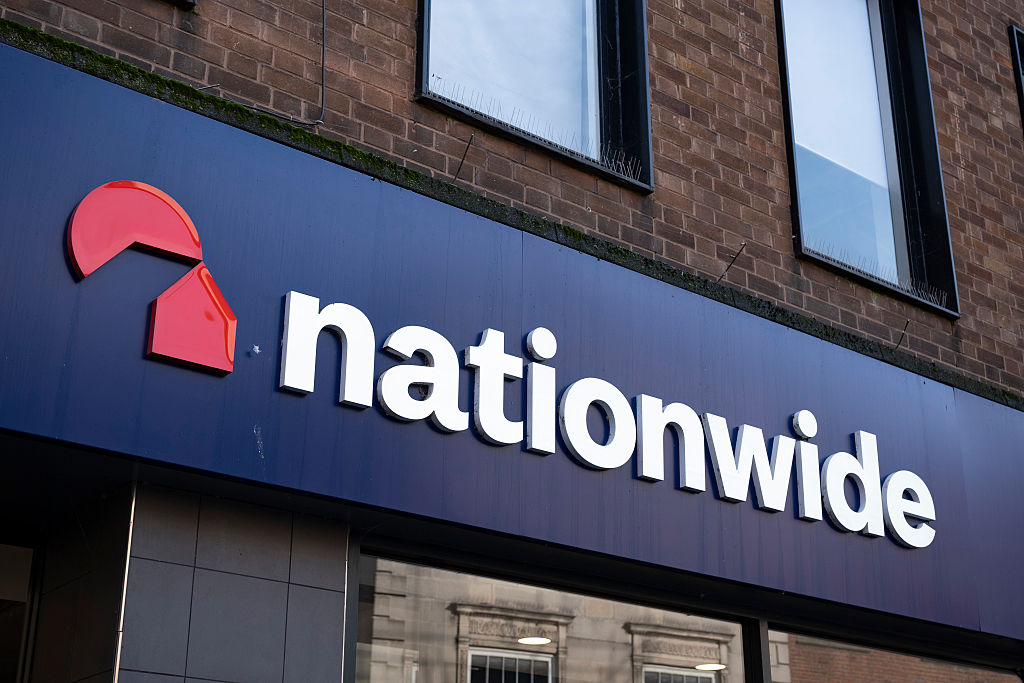How can Fibonacci help a spread better?
A mathematical sequence first identified by Leonardo Fibonacci in the 13th century can help spread betters make money. Tim Bennett explains how.
It falls into the 'unlikely but true' category. A mathematical sequence first identified by Leonardo Fibonacci in the 13th century can help spread betters make money. Here's how it works.
The Fibonacci sequence is just a string of numbers 0,1,1,2,3,5,8,13, 21, 34, 55. The key to it is that each number is simply the sum of the preceding two. So 0+1 is 1, then 1+1 is 2, then 1+2 is 3 and so on. One of the features of the sequence is that each number is roughly 1.618 times bigger than the one before it. The higher the pair of numbers, the closer to this relationship they get so 13/8 is 1.625 and 55/34 is 1.617. Conversely if you divide any number in the sequence by the one that follows it you get about 0.618. Thanks to that fact 61.8% is known as the 'golden ratio'.
Taking this principle on, divide any number by the one two places further on and you get 38.2%. For the one three along, it's 23.6% and so on. For reasons that no-one has convincingly explained, that series 61.8%, 38.2%, 23.6% is important in nature it describes the way a snail or sea shell contracts from outside to centre for example.
MoneyWeek
Subscribe to MoneyWeek today and get your first six magazine issues absolutely FREE

Sign up to Money Morning
Don't miss the latest investment and personal finances news, market analysis, plus money-saving tips with our free twice-daily newsletter
Don't miss the latest investment and personal finances news, market analysis, plus money-saving tips with our free twice-daily newsletter
For stock market traders who believe that prices also mirror the forces of nature (in this case the workings of the combined minds of investors), these percentages can be used to identify turning points, also known as 'resistance' (rising prices) and 'support' (falling prices) points. For example, some traders will take two extreme points on a price graph (a major peak and trough) and divide the vertical distance by the key Fibonacci ratios to insert new horizontal 'tramlines' from which these resistance and support points can be implied.
Does it always work? Of course not investing has never been that simple! But the Fibonacci sequence can be a useful tool when it comes to understanding charts and the twists and turns of Mr Market and trying to decide where a stock, index, currency or commodity might end up next.
Get the latest financial news, insights and expert analysis from our award-winning MoneyWeek team, to help you understand what really matters when it comes to your finances.
Tim graduated with a history degree from Cambridge University in 1989 and, after a year of travelling, joined the financial services firm Ernst and Young in 1990, qualifying as a chartered accountant in 1994.
He then moved into financial markets training, designing and running a variety of courses at graduate level and beyond for a range of organisations including the Securities and Investment Institute and UBS. He joined MoneyWeek in 2007.
-
 Football fans issued warning over ticket scams ahead of 2026 World Cup
Football fans issued warning over ticket scams ahead of 2026 World CupSantander customers lost more to football scams in the first six months of 2025 compared to the same period in 2024, when total losses surged due to the Euros
-
 Nationwide fined £44 million over “inadequate” anti-money laundering systems
Nationwide fined £44 million over “inadequate” anti-money laundering systemsFailings in Nationwide’s financial crime processes between October 2016 to July 2021 meant one criminal was able to deposit £26 million from fraudulent Covid furlough payments in just eight days.